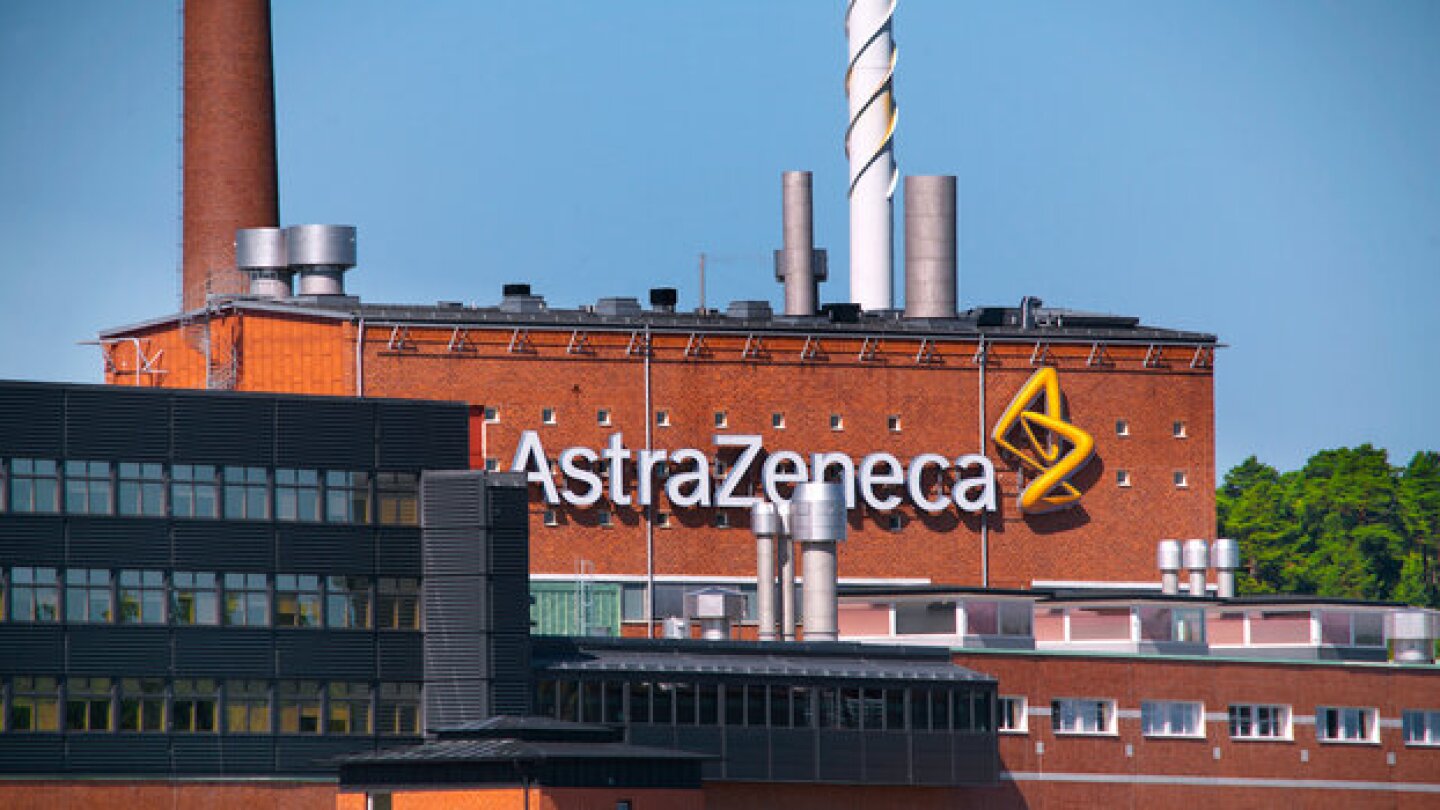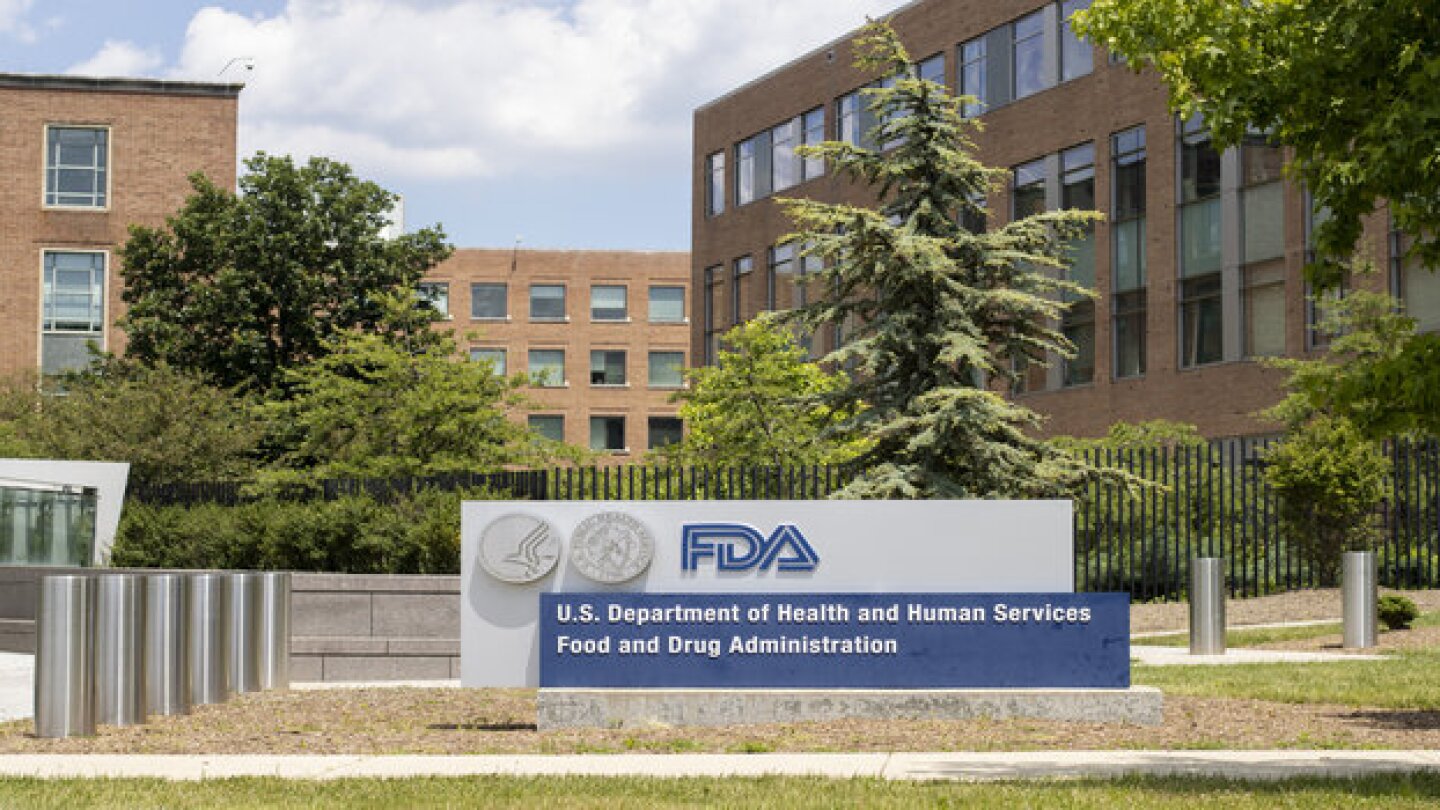Regulatory
RFK Jr. as HHS head is perhaps President-elect Donald Trump’s most controversial Cabinet pick now that Matt Gaetz has withdrawn as nominee for Attorney General. With Dr. Oz tapped to lead CMS and maybe Marty Makary at the FDA, it’s going to be quite the show.
Despite the death, the FDA has allowed Neurogene to forge ahead with the Phase I/II Rett syndrome trial, but using only the lower 1E15 vg dose of its investigational gene therapy NGN-401.
The pharma is seeking full approval for its anticoagulation reversal drug Andexxa, which the FDA granted accelerated approval in 2018 for patients who had been treated with apixaban or rivaroxaban.
The agreement will give Kura enough capital to support the development and launch of its menin inhibitor ziftomenib.
Makary is a pancreatic surgeon at Johns Hopkins who became known for battling medical mistakes and in recent years has been an outspoken critic of COVID-19 policies.
While the full impact of the Supreme Court decision remains unknown, the new regulatory landscape could be a net positive for drug developers.
Incyte’s pipeline updates on Monday bring into question the value of its $750 million Escient acquisition in April 2024—and further erode confidence that the biotech can effectively mitigate the impacts of Jakafi’s loss of exclusivity in the coming years, according to analysts.
In this deep dive BioSpace explores the opportunities and challenges presented by the FDA’s accelerated approval program.
The FDA has followed in the footsteps of its European counterparts and granted accelerated approval to PTC Therapeutics’ gene therapy Kebilidi for AADC deficiency. It is the first approved gene therapy to be delivered directly to the brain.
Following patient deaths in a lupus trial that led to the termination of that program, Kezar’s autoimmune candidate zetomipzomib faces a partial clinical hold barring four trial participants from continuing treatment in the open-label portion of the trial, though the trial itself will continue as planned.
PRESS RELEASES










